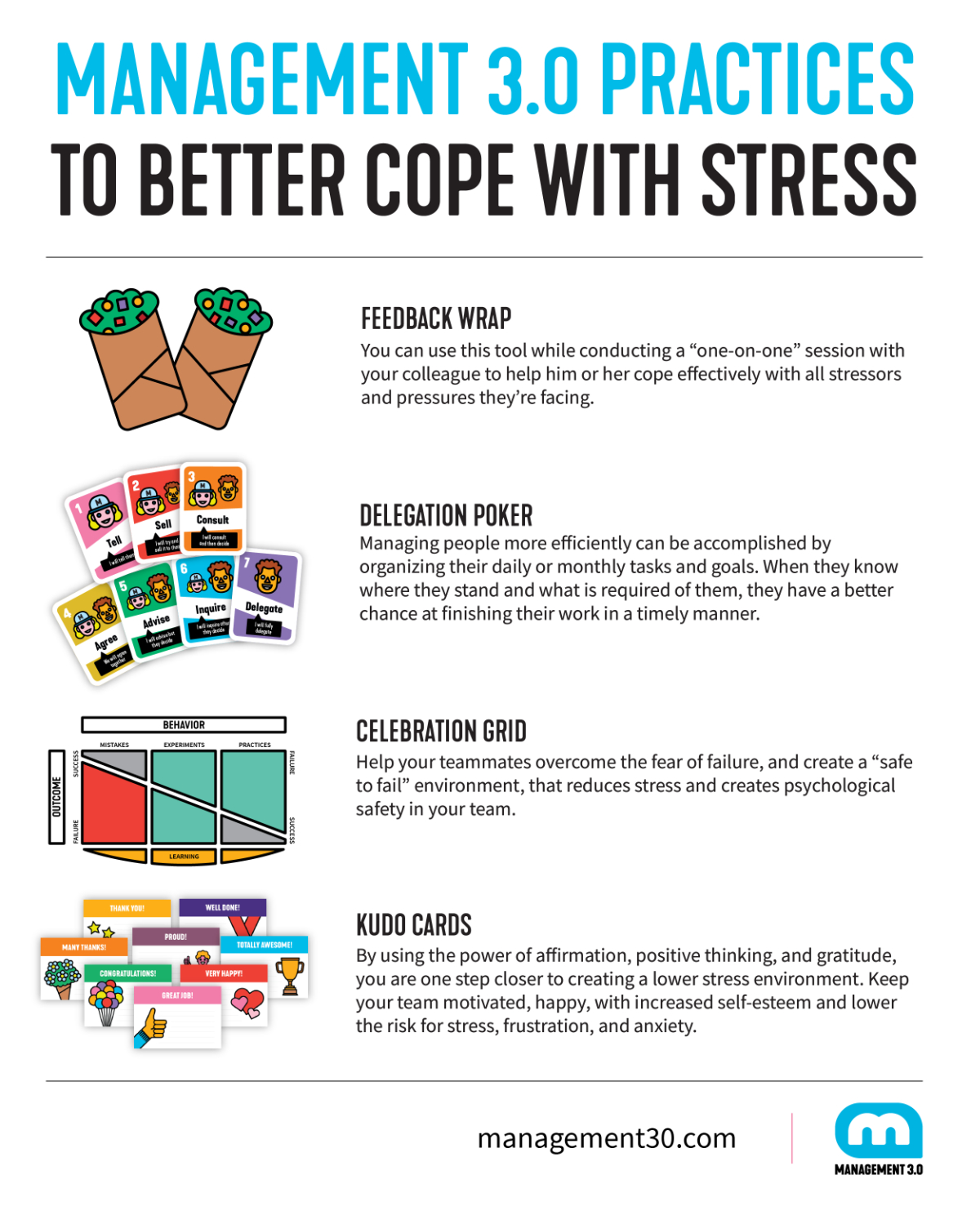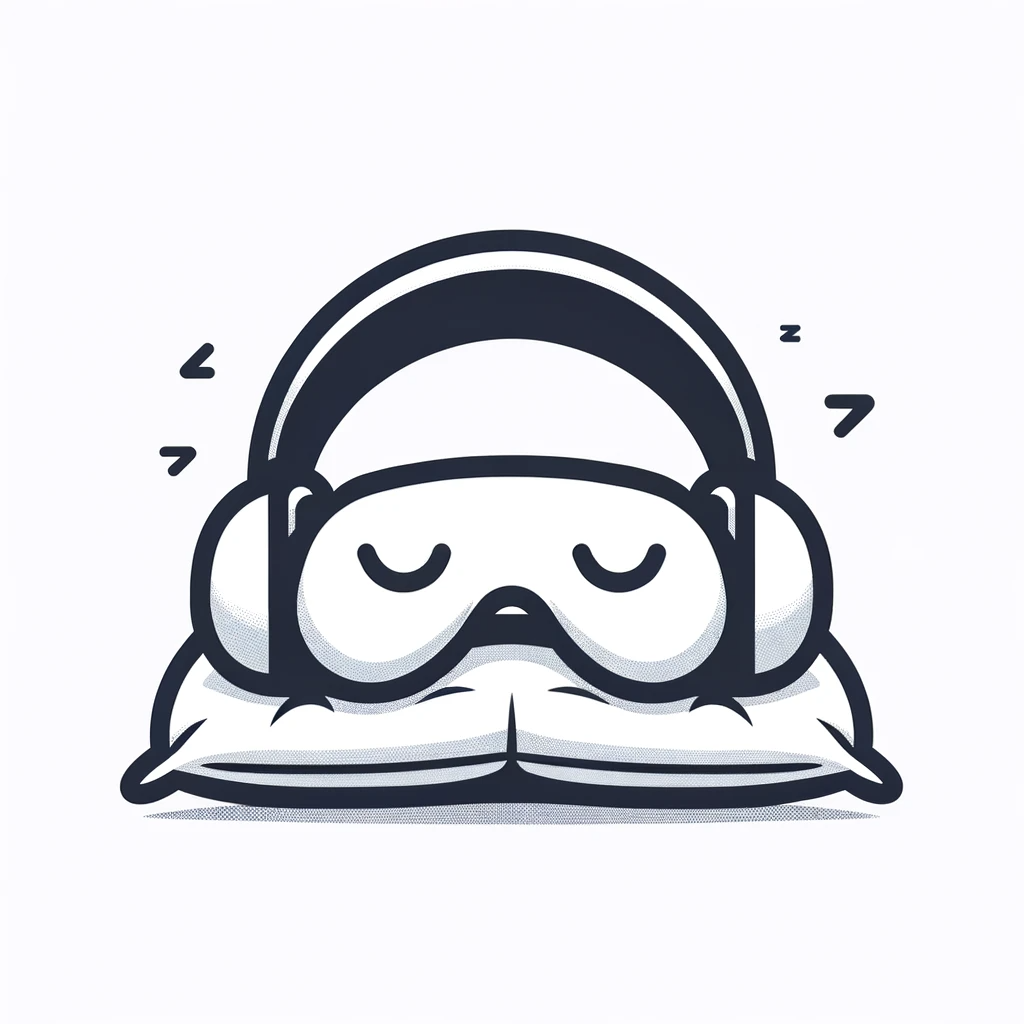
Powerful Tips for Managing Stress and Anxiety at Work
Written: Editor | August 15, 2023

Understanding Stress and Anxiety at Work
Definition of stress and anxiety in the workplace
Stress and anxiety in the workplace are common challenges that many people face. Stress can be defined as the body's response to any change that requires an adjustment or response. It is a natural reaction to pressure and can be beneficial in small doses. However, when stress becomes chronic or overwhelming, it can lead to anxiety. Anxiety is a feeling of unease, such as fear or worry, that can range from mild to severe and interfere with daily life.
Common causes and signs of stress and anxiety at work
There are several common causes of stress and anxiety at work, including heavy workloads, tight deadlines, lack of control, conflict with colleagues or supervisors, and poor work-life balance. The signs of stress and anxiety at work can vary from person to person but may include physical symptoms such as headaches, fatigue, and sleep problems, as well as emotional symptoms like irritability, difficulty concentrating, and feeling overwhelmed.
Impact on physical and mental well-being
Managing stress and anxiety at work is essential for both physical and mental well-being. Prolonged exposure to stress and anxiety can have numerous negative consequences, including increased risk of chronic diseases such as heart disease and diabetes, weakened immune system, and mental health disorders like depression and anxiety disorders. It can also affect job performance, leading to decreased productivity and difficulty concentrating.
Here are some tips for managing stress and anxiety at work:
-
Prioritize self-care: Take breaks throughout the day, practice deep breathing exercises, and engage in activities that help you relax and recharge.
-
Set boundaries: Establish clear boundaries between work and personal life to avoid burnout. Set realistic expectations and learn to say no when necessary.
-
Communicate effectively: Openly communicate with colleagues and supervisors about your workload, concerns, and any necessary accommodations.
-
Seek support: Reach out to a trusted friend, family member, or professional counselor for support and guidance.
-
Practice stress-reducing techniques: Incorporate stress management techniques such as meditation, yoga, or exercise into your daily routine.
By implementing these tips, individuals can effectively manage stress and anxiety at work and improve their overall well-being. Remember, taking care of your mental health is just as important as taking care of your physical health.

Strategies for Managing Stress and Anxiety at Work
In today's fast-paced and demanding work environment, stress and anxiety are common issues faced by many employees. It's essential to find effective strategies to manage these challenges and maintain a sense of well-being. Here are some powerful tips to help you reduce stress and anxiety at work.
Time management and prioritization techniques
One of the primary sources of stress at work is feeling overwhelmed by a never-ending to-do list. Effective time management and prioritization techniques can help alleviate this pressure. Here are some strategies to try:
-
Plan and schedule: Take time at the beginning of each day to outline your tasks and prioritize them based on urgency and importance.
-
Break tasks into smaller steps: Breaking down complex assignments into smaller, manageable tasks can make them less overwhelming.
-
Delegate: If possible, delegate tasks to colleagues or team members to lighten your workload.
Effective communication and assertiveness skills
Poor communication can contribute to workplace stress and anxiety. Learning effective communication and assertiveness skills can help reduce misunderstandings and conflicts. Consider the following tips:
-
Active listening: Pay attention to others' perspectives and show understanding and empathy.
-
Clear and concise communication: Be clear and specific in your communication, avoiding ambiguities or assumptions.
-
Assertiveness: Express your needs, opinions, and boundaries assertively but respectfully to establish healthy boundaries.
Relaxation techniques and stress-reducing activities
Engaging in relaxation techniques and stress-reducing activities can greatly impact your overall well-being. Consider incorporating the following practices into your work routine:
-
Deep breathing exercises: Take deep breaths, inhaling slowly through your nose and exhaling through your mouth, to promote relaxation and reduce stress.
-
Physical activity: Regular exercise can help reduce stress levels and promote mental well-being. Take short breaks throughout the day to stretch or go for a brisk walk.
-
Mindfulness and meditation: Practicing mindfulness or meditation techniques can help calm your mind and reduce anxiety. Just a few minutes of focused breathing or guided meditation can make a significant difference.
By implementing these strategies, you can better manage stress and anxiety at work, leading to improved productivity and overall well-being. Remember, it's important to prioritize self-care and seek support when needed.

Building Resilience and Finding Support
In today's fast-paced and demanding work environment, it's crucial to effectively manage stress and anxiety. By building resilience and finding support, individuals can maintain their well-being and thrive in their professional lives.
Developing resilience in the face of work-related challenges
-
Cultivate a positive mindset: Approach challenges with a growth mindset, focusing on learning and growth rather than dwelling on setbacks. Practice self-compassion and celebrate small victories to build resilience.
-
Develop problem-solving skills: Break down complex tasks into manageable steps and tackle them one by one. Seek feedback and learn from mistakes, constantly refining your skills and strategies.
-
Practice self-care: Prioritize self-care activities such as exercise, relaxation techniques, and healthy eating habits. Take regular breaks throughout the day to recharge and refocus.
Seeking support from colleagues, mentors, or professional counselors
-
Build relationships: Foster supportive relationships with colleagues by seeking guidance and sharing experiences. Create a network of mentors who can offer valuable advice and support.
-
Utilize employee assistance programs: Many companies provide resources and counseling services to support employees' mental well-being. Take advantage of these programs to address work-related stress and anxiety.
-
Consider professional counseling: If work-related stress is overwhelming, seeking professional help from a licensed therapist or counselor can provide valuable strategies and coping mechanisms.
Balancing work and personal life for overall well-being
-
Set boundaries: Define clear boundaries between work and personal life. Avoid bringing work-related stress into personal time and prioritize activities that promote relaxation and fulfillment outside of work.
-
Manage time effectively: Prioritize tasks, create a schedule, and delegate when possible. Avoid overcommitting and learn to say no when necessary to maintain a healthy work-life balance.
-
Engage in hobbies and activities: Engaging in hobbies and activities outside of work can provide a much-needed break from stress and anxiety. Take time to pursue activities you enjoy and that help you recharge.
By implementing these strategies, individuals can effectively manage stress and anxiety, build resilience, and find the support needed to thrive in their work environments. Creating a healthy work-life balance is essential for overall well-being and long-term success.

Creating a Healthy Work Environment
Working in a high-stress environment is a common experience for many professionals. Managing stress and anxiety at work is crucial for maintaining both physical and mental well-being. By implementing a few effective strategies, you can create a healthy work environment that promotes productivity and happiness.
Setting realistic goals and expectations
-
Break tasks into manageable parts: When faced with overwhelming projects, break them down into smaller, more achievable tasks. This helps reduce stress and makes progress more tangible.
-
Prioritize tasks: Develop a system for prioritizing tasks based on urgency and importance. By focusing on the most critical tasks first, you can prevent unnecessary stress from overwhelming you.
Promoting work-life balance and employee wellness programs
-
Encourage breaks and time off: Encourage employees to take regular breaks and use their vacation days. Engaging in activities outside of work can help reduce stress levels and improve overall well-being.
-
Offer wellness programs: Implement wellness initiatives such as yoga classes, meditation sessions, or gym memberships. These programs can provide employees with tools to manage stress and anxiety while promoting a healthy lifestyle.
Fostering a positive and supportive workplace culture
-
Encourage open communication: Create an environment where employees feel comfortable discussing their concerns and seeking support from colleagues and supervisors. Encourage regular team meetings to address any issues and foster a sense of collaboration.
-
Recognize and appreciate employees: Recognize and appreciate the hard work and accomplishments of your team members. Offering positive feedback and rewards can boost morale and create a positive work atmosphere.
Promoting a healthy work environment is key to managing stress and anxiety. By setting realistic goals, promoting work-life balance, and fostering a positive workplace culture, you can create a space where employees thrive and feel supported.
Remember to take care of your own well-being as well. Implementing these strategies will not only benefit your employees but also improve your own stress management abilities.

Conclusion
In today's fast-paced and demanding work environment, it is crucial to prioritize managing stress and anxiety for a healthier work life. By implementing these powerful tips, individuals can proactively take control of their mental well-being and improve their overall job satisfaction.
Recap of the key tips for managing stress and anxiety at work
-
Set boundaries: Establish clear boundaries between work and personal life to avoid becoming overwhelmed. Disconnect from work during non-working hours and engage in activities that help you relax and recharge.
-
Practice mindfulness: Incorporate mindfulness techniques, such as deep breathing, meditation, or yoga, to reduce stress and promote a sense of calm and focus.
-
Take breaks: Regularly step away from your workspace to stretch, walk, or engage in activities that provide mental and physical rejuvenation.
-
Create a supportive network: Foster positive relationships with colleagues and seek support from trusted individuals who can offer guidance and understanding during challenging times.
-
Manage workloads: Prioritize tasks, delegate when possible, and communicate effectively to prevent feeling overwhelmed with excessive workloads.
Importance of self-care and seeking help when needed
It is essential to prioritize self-care to maintain optimal mental health. This includes getting enough sleep, eating nutritious meals, and engaging in regular exercise. Additionally, seeking professional help, such as counseling or therapy, can provide valuable support and guidance in managing stress and anxiety.
Encouragement for implementing these strategies for a healthier work life
By implementing these strategies, individuals can promote a healthier work-life balance, reduce stress levels, and improve overall productivity and job satisfaction. Remember, taking care of your mental health is just as important as your professional responsibilities. Prioritize self-care and seek help when needed to ensure a positive and fulfilling work experience.



